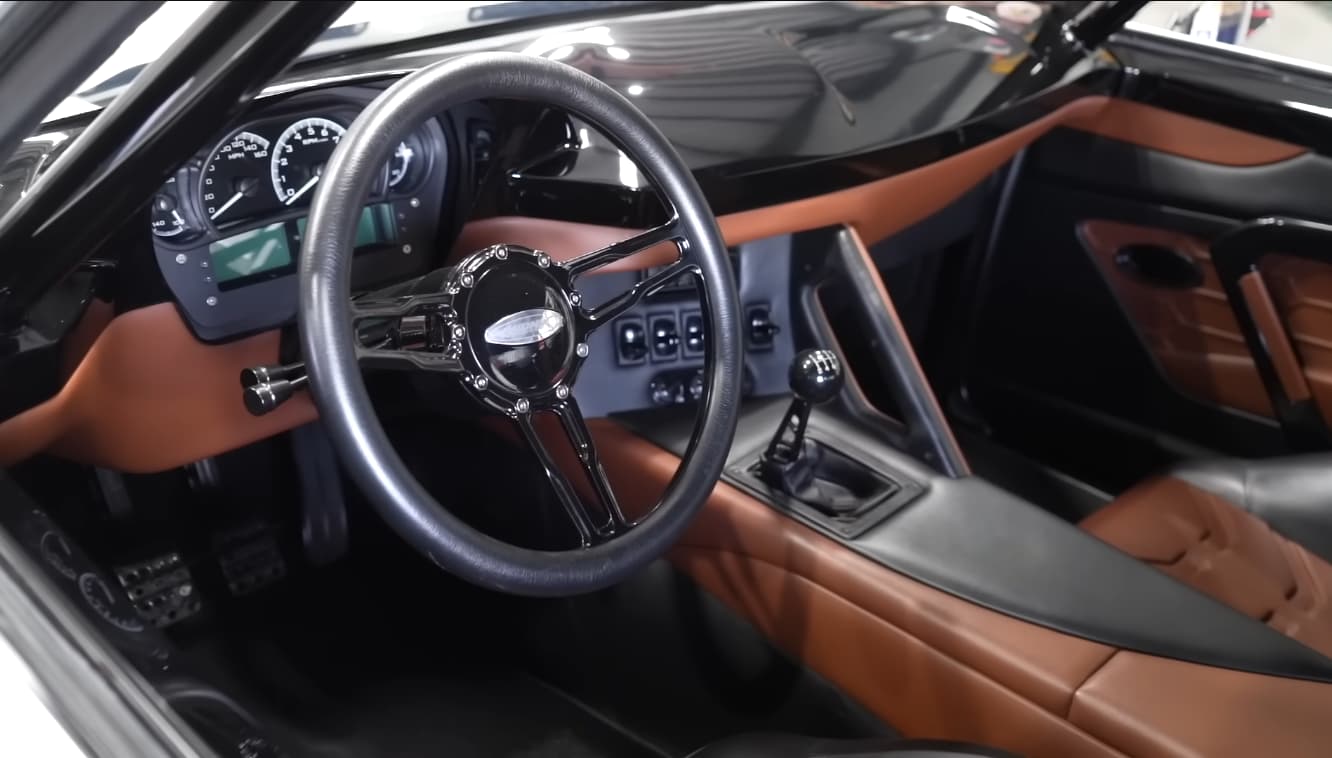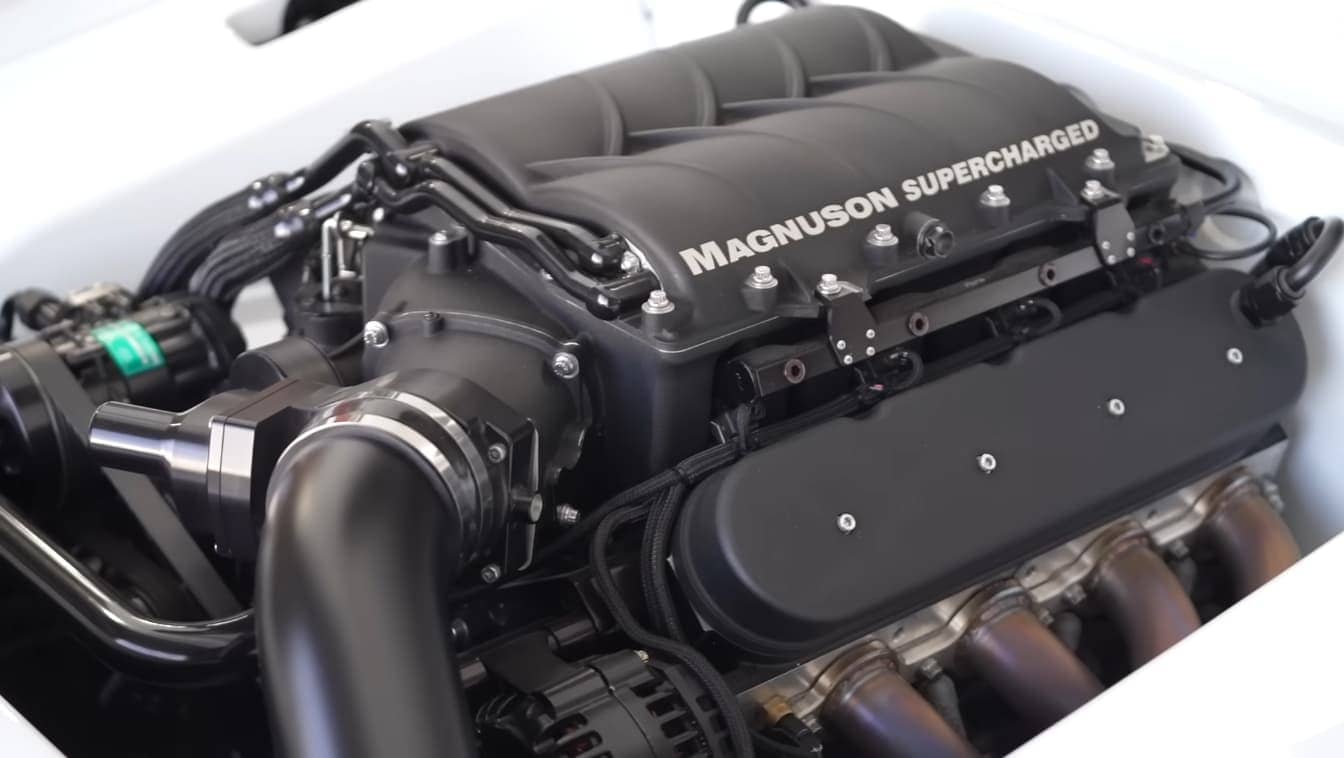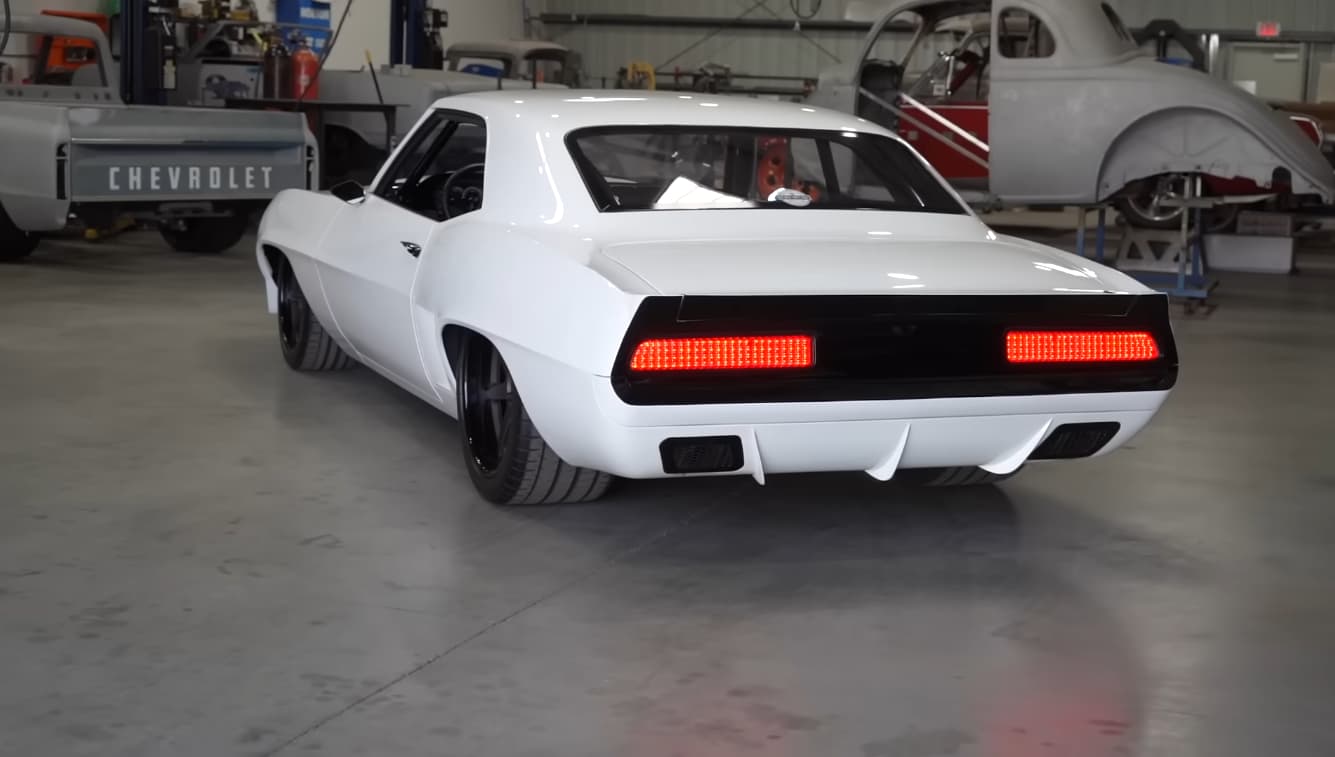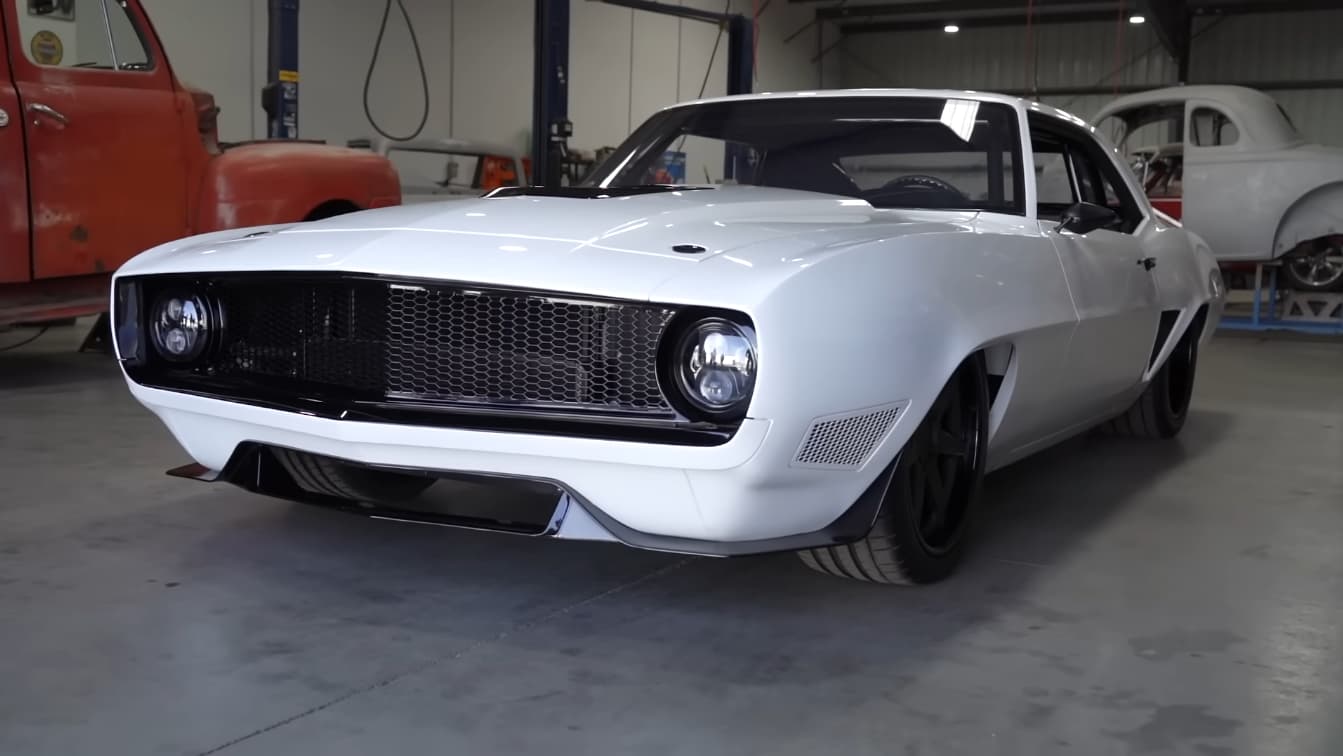Classic cars, with their timeless designs and nostalgic appeal, continue to captivate automotive enthusiasts worldwide. More than just vehicles, they represent a bygone era of craftsmanship, innovation, and sheer driving pleasure. Whether you’re seeking to buy your dream vintage ride, delve into the intricacies of restoration, or simply expand your knowledge of automotive history, this guide offers a comprehensive look into the captivating world of classic cars.
 A classic red Chevrolet Bel Air parked in a field.
A classic red Chevrolet Bel Air parked in a field.
A Journey Through Time: The History of Classic Cars
The term “classic car” evokes different meanings for different people, but it generally refers to older vehicles with historical significance, unique design, or limited production runs. The early 20th century witnessed the birth of the automotive industry, and with it, the emergence of iconic brands like Ford, Chevrolet, and Mercedes-Benz.
The following decades brought about significant stylistic and technological advancements. The Art Deco movement of the 1930s influenced car designs, while post-World War II prosperity fueled the rise of powerful muscle cars in the 1960s and sleek sports cars in the 1970s.
Navigating the World of Classic Car Models
From the elegant curves of a 1950s Cadillac to the raw power of a 1960s Shelby Cobra, the world of classic cars encompasses a diverse range of models, each with its own dedicated following and unique story. Here are some of the most sought-after classic car marques:
American Muscle
-
Ford Mustang: A true American icon, the Mustang debuted in 1964 and quickly became synonymous with power and affordability.
-
Chevrolet Camaro: Introduced in 1967 as a direct competitor to the Mustang, the Camaro offered a range of powerful engines and stylish body styles.
-
Dodge Charger: Known for its aggressive styling and potent engines, the Charger became a legend both on the street and the racetrack.
European Elegance
-
Jaguar E-Type: Widely regarded as one of the most beautiful cars ever designed, the E-Type captivated the world with its sleek lines and exhilarating performance.
-
Mercedes-Benz 300SL: The iconic “Gullwing” doors and innovative engineering made the 300SL a technological marvel of its time.
-
Porsche 911: First introduced in 1963, the Porsche 911 has evolved over generations but remains instantly recognizable for its timeless design and exceptional handling.
 A classic white Ford Mustang parked on a street.
A classic white Ford Mustang parked on a street.
The Art of Classic Car Restoration
Breathing new life into a vintage automobile is a labor of love, requiring patience, skill, and a deep understanding of automotive mechanics. Here’s a glimpse into the meticulous process of classic car restoration:
-
Assessment and Disassembly: The first step involves thoroughly evaluating the car’s condition and carefully disassembling it to its bare bones.
-
Rust Repair and Bodywork: Rust is the enemy of classic cars, so any corrosion must be addressed with precision metalwork to restore structural integrity.
-
Paint and Body Prep: Achieving a flawless finish requires meticulous bodywork, priming, and multiple coats of high-quality paint, often matched to the original factory color.
-
Engine and Mechanical Rebuild: The engine and transmission are typically rebuilt using a combination of original and refurbished parts to ensure optimal performance and reliability.
-
Interior Restoration: From reupholstering seats to replacing carpets and restoring gauges, interior restoration focuses on returning the cabin to its former glory.
Essential Tips for Classic Car Collectors
Collecting classic cars is a passion investment that can bring years of enjoyment. Here are some essential tips for navigating the world of classic car ownership:
-
Research Thoroughly: Before purchasing a classic car, conduct extensive research on the specific model, its history, common issues, and market value.
-
Inspect Carefully: Never purchase a classic car sight unseen. Have it inspected by a qualified mechanic specializing in vintage vehicles to identify potential problems.
-
Join a Club: Connecting with fellow enthusiasts through classic car clubs provides invaluable resources, advice, and opportunities to showcase your prized possession.
 A close-up of a classic car engine under restoration.
A close-up of a classic car engine under restoration.
Frequently Asked Questions About Classic Cars
1. What makes a car a “classic”? The definition can vary, but generally, it’s an older vehicle with historical significance, unique design, or limited production that’s recognized for its collectible value.
2. Are classic cars a good investment? While not all classic cars appreciate in value, well-maintained and desirable models can be sound investments, offering both financial returns and personal enjoyment.
3. How expensive is it to maintain a classic car? Maintenance costs depend on the car’s make, model, condition, and how frequently you drive it. However, expect to invest in specialized parts, skilled labor, and regular upkeep.
4. Where can I find classic cars for sale? Reputable online marketplaces, classic car auctions, specialized dealerships, and even local classifieds can be excellent resources for finding your dream classic.
5. What are some essential tools for classic car maintenance? A basic set of hand tools, a torque wrench, a jack and jack stands, and a good-quality car care kit are essential for any classic car owner.
 Four different classic cars parked in a row.
Four different classic cars parked in a row.
Conclusion
Classic cars are more than just machines; they’re rolling pieces of history, evoking nostalgia, passion, and a deep appreciation for automotive craftsmanship. Whether you’re a seasoned collector, a restoration enthusiast, or simply an admirer of vintage vehicles, the world of classic cars offers endless fascination and enjoyment.
